Undercomets:
On the Structure of Antagonism and the Cosmo-Geological Field
Frédéric Neyrat
Other languages: Italiano
“After the ‘fuori e contro’ ('outside and against') of the operaïst years, the ‘dentro e contro’ (‘inside and against’) of the struggle inside the Italian Communist Party, Mario Tronti’s compass, since Politics at Dusk, indicates a new fighting position: ‘aldilà e contro’ (‘beyond and against’).”
This is how the journal Lundi Matin introduced their publication of a recent text by Mario Tronti, entitled “Desperate Hopes.” 1 The hypothesis I wish to test out in this article is that what is here presented as successive biographical elements relating to Tronti’s political-intellectual journey — outside and against, inside and against, beyond and against — could also be understood as the description of a structure of antagonism, perhaps even the very structure of political antagonism as such, which is distributed topologically into an underneath, a within, and an outside-of.
This threefold topology could be understood by tracing it back to certain fundamental decisions: for instance, a decision to remain inside an institution in order to fight it from within, such that the institution now finds a form of underground life smuggled into it; or else, the moment in which we determine that there is no longer any possibility of emancipation remaining within a given institution and we decide to desert it. I believe, however, that these rudimentary strategic options reveal a concrete topology, which I will describe as a cosmo-geological field. My hypothesis is as follows: the structure of antagonism in general is only possible from within a given cosmo-geological situation; that is, it begins first with a mode of dwelling, occupation, or crossing — existential trajectories both real and imaginary, descriptive and prophetic — in which subjects are situated in relation to the Earth and to the relationship that the Earth maintains with the entire universe.
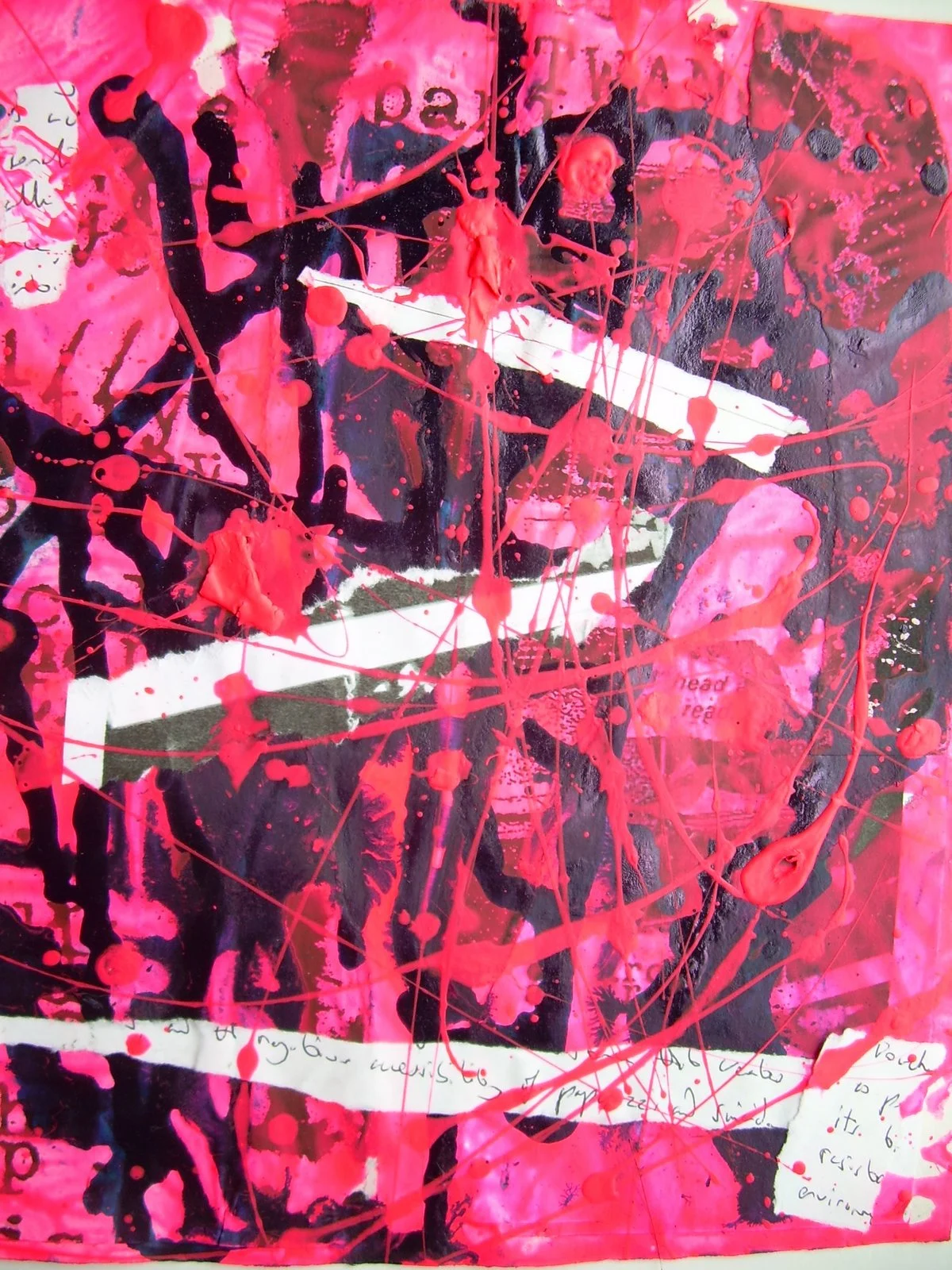
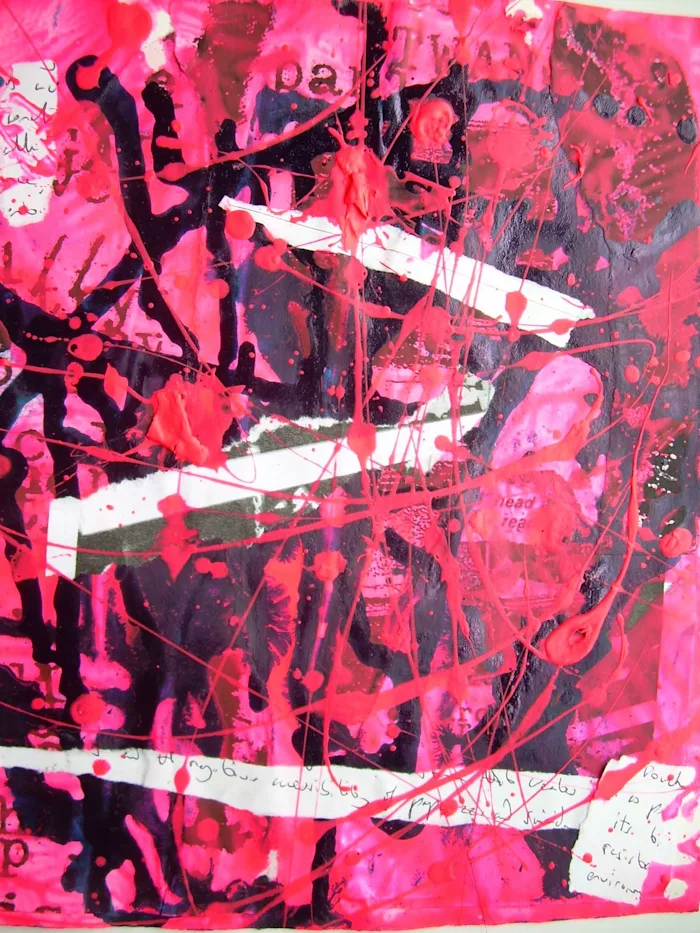
Why speak of a cosmo-geological field? Because human societies, their laws and energetic foundations, their ways of producing and reproducing, are unthinkable apart from a planetary ecology, an ecology — to paraphrase George Bataille — commensurate with the universe; in other words, there is a cosmo-geology without which our terrestrial ecology would not be truly intelligible. If politics is never “purely” a social matter dealing with human-to-human relations, but always at the same time a way in which our cosmo-geological situation is thought, lived, distributed, exploited, disavowed, destroyed, and reclaimed, then the structure of antagonism names the way in which political decisions always ultimately issue from, and express, a certain cosmo-geological situation.
The geo-cosmological situation has three levels or orientations: a geological below, a cosmological beyond, and an ecological inside; by this I mean the surface of terrestrial habitation, a ground (sol) between subsoil (sous-sol) and sky, containing all that exists in broad daylight, between the thwarted night of the stars and the opacity of dirt and stones. As I will show in the second and the third parts of this article, the structure of antagonism is distributed according to three cosmo-geological levels. I’ll look at three figures — Marx’s “old mole,” Yusoff’s “geologies of races” (as related to anti-extractivist struggles), and Blanqui’s anarchic comets — each of which will help us to think the politicization of the subsoil in its relation with the terrestrial surface, and to transform the sky into the promise of political disruptions. In my conclusion, I’ll suggest that Blanqui’s comets stand for a cosmological form of undercommons that I call undercomets, entities that wander both inside and outside, not being limited to one geo-cosmological level alone. Undercomets invite us to link the three cosmo-geological dimensions politically within what I call a structure of planetary antagonism that, I suggest, might serve to replace the old internationalism. Instead of having to prioritize one cosmo-geological instance over others, I would like to ask whether it is possible to found a kind of outer-nationalism that would relate the underside, the beyond, and the inside of the cosmo-geological field.
A Three-Level Universe
This idea of a geo-cosmological tripartition stems from my recent research into the concept of the Anthropocene. I opted to keep the term Anthropocene precisely because of its weakness. As soon as we attempt to use the term anthropos to describe the global dimension of the transformation of the planet, we realize that this term must cede its place to others: the plantation, the colony, capitalism, the Global North, an ethnoclass, etc. — each of which offers more accurate ways of ascribing responsibility for the ecological destruction, or for the unequal distribution of wealth and risks. Anthropos is therefore a signifier that must remain empty, like a vanishing mediation helping to shift from one sort of inquiry (say, race) to another one (say, class). If the Anthropocene is not merely a surface phenomenon, but also a subterranean event — if, in other words, the Anthropocene is unthinkable without understanding how the geological layer is and has been transformed — then (I claim) the analysis of the geological must likewise be taken to its extreme. If geology involves a longue durée, if it involves thinking like a mountain and even more so like a planet, then geology forces us also to think about astronomy, that is to say, the deep time of the Earth in the universe.
So, this is the triparition I have arrived at: ecology (of the surface), geology (of the underground), astronomy (of the beyond).


Recently, I discovered Claude Lévi-Strauss’ book The Jealous Potter. To my surprise, I learned that the cosmo-geological tripartition that I was attempting to conjure up through an analysis of the Anthropocene already had an important anthropological precedent in the representations of the peoples of the savanna and the rainforests of America (and also, Levi-Strauss adds, those of other cultures, for example, in ancient Japanese mythology). “Three universes,” three “cosmic levels” — Levi-Strauss explains – structure themselves around the question of the control of pottery clay and the fire needed to cook it: a “celestial people,” “an aquatic or subterranean people,” and between them, the potter with his mediating function. These three levels do not, however, delimit a stable cosmos, where each “level” would be split from the others: rather, it is in their relations with each other that the three cosmic levels crystallize as, respectively, a surface, an under-ground, and an over-ground:
“In a residential building, each apartment’s floor is the ceiling of the apartment below, and reciprocally. The same thing is true in a universe made up of superimposed levels. For the Campa, “what to us is the solid earth is airy sky to the beings inhabiting the stratum below us, and what to us is airy sky is solid ground to those who inhabit the stratum above.” 2
In his study, Lévi-Strauss shows how the cosmic levels can be turned upside down by mythical events: in this way, the “three universes” are “mutually convertible.” For example,
“[T]he Toba say that ‘formerly the Earth occupied the place of the Sky, but the latter, tired of being soiled, changed places with the Earth.’ For the Toba, shooting stars are excrement from fixed stars. In North America, the Ute also see shooting stars as the excrement of ‘dirty little star-gods’.”
Likewise, “tree-dwelling animals constitute a hypostasis of the people of the world Above,” i.e., the celestial people, “for humans indeed live, eat, mate, and die ‘downstairs’ from these tree-dwellers.” What Levi-Strauss teaches us, or rather what the cosmological knowledge that percolates through him teaches us, is that the so-called homogeneity of the post-Newtonian universe is disrupted by topological inversions, which occur on the occasion of major events, cosmological events precisely — whether we think them as the wrath of dark gods or as asteroid falls. In other words, in a manner quite close to Viveiros de Castro’s perspectivism, the ecological surface in which or through which the below and the beyond are mediatized varies according to the places and sorts of peoples concerned. However, I do not wish to play the anthropology of Others against so-called modern science; instead, I wish to argue that the structure of the universe as it has been rethought since the Copernican revolution is a partial dimension of the cosmos. The cosmos, what I will henceforth call the cosmos, is not so much multiple as it is subject to upsetting events that fix its disorder in the manner of an accident. We — whoever “we” are — are the transitory result of a cosmic accident.
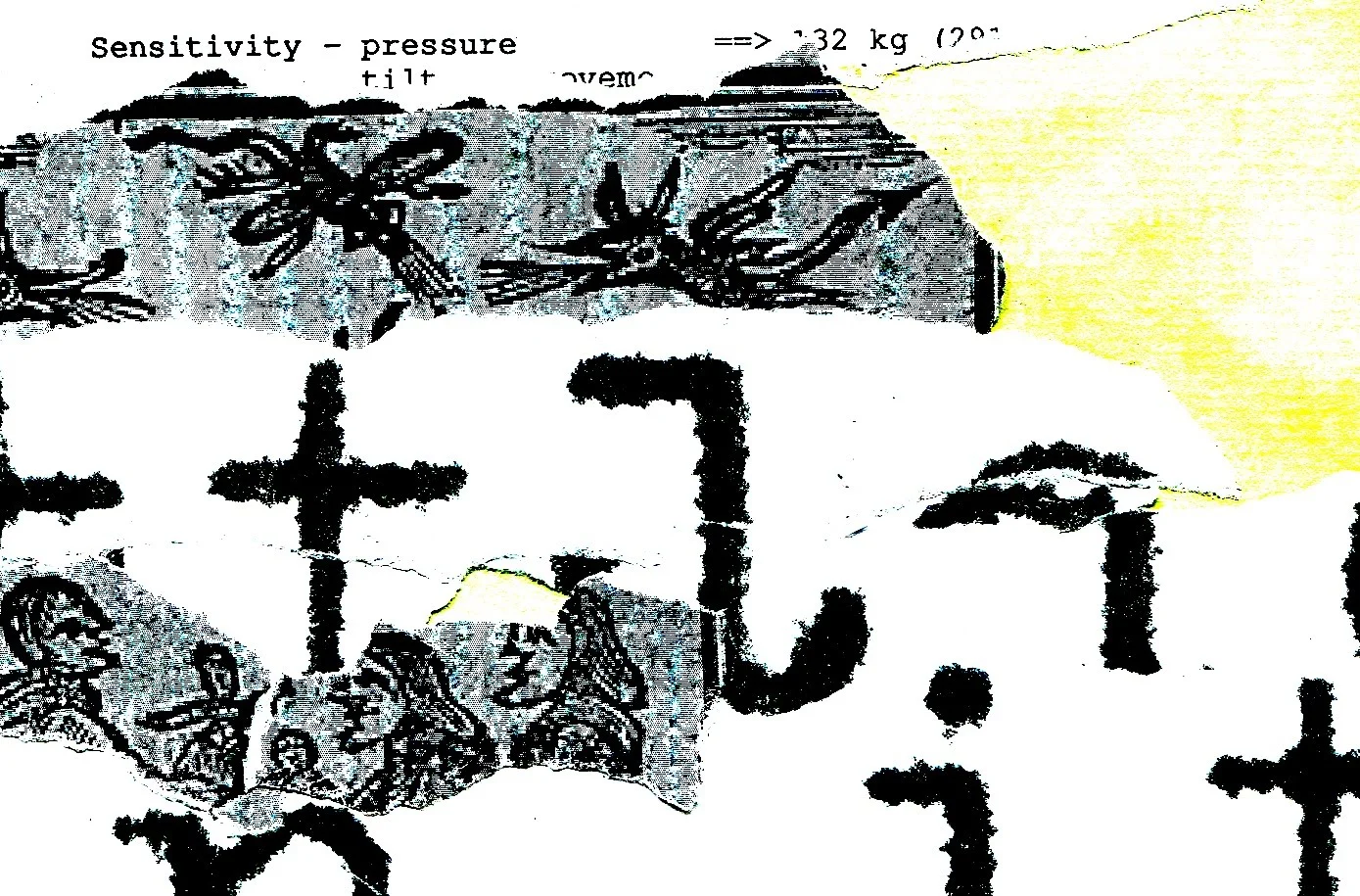
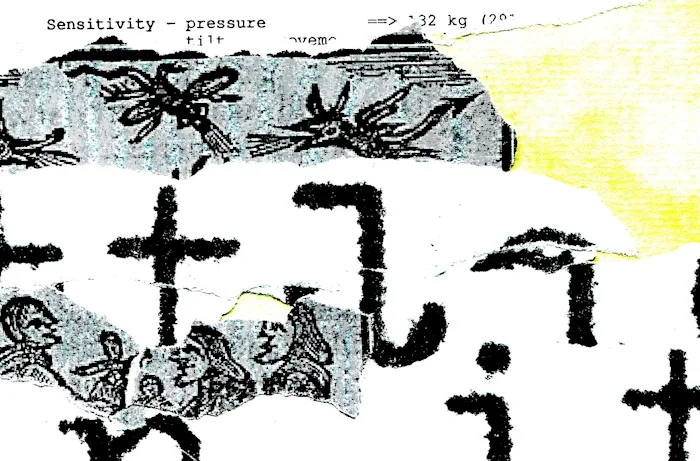
The Anthropocene also exposes us to topological permutations: following the analyses of American artist and geographer Trevor Paglen, we can say that satellites that fossilize almost eternally in geostationary orbit constitute a kind of exo-geological ring, as if the inside of the Earth had found a way to externalize itself in the form of an outside – a perfect illustration of the reversals described by Lévi-Strauss. The danger is to forget that the cosmos is subject to the law of topological inversions, and to believe that the underneath, the beyond, and the in-between are fixed and hierarchical: when the in-between becomes autonomous, it gives rise to humanism, and social anthropocentrism; concerning the beyond, it is the theological dimension as such that sometimes stands out and overhangs humans in the name of a political or spiritual theocracy; and the autonomization of the underground can lead to mythical anchorage, the fetishization of traditions, roots, and pure identities.
From the Old Mole to the Comets
Conceived in this way, how then does the cosmos relate to politics? More precisely (and bluntly), how does it relate to a politics opposed to the ecological, psychic, social, and cultural devastation of the planet that is perpetuated from the Plantationocene to the Capitalocene? How is the structure of antagonism distributed imaginatively, discursively, and practically, according to the three geo-cosmological levels identified in the previous section?
1) To speak of antagonism, it seems to me necessary to begin with Marx. What was Marx’s geo-cosmology? To my knowledge, the astronomical imaginary has no real place in Marx’s thought, unlike for the supposed “utopian socialists” (more on this later). For Marx, what is beyond cannot but be a name for the divine, or its avatar; his priority was to pass from a “criticism of heaven” (religion) to a “criticism of earth” (politics), the former being abandoned “to the angels and the sparrows” (Heine). The criticism of the earth could not be merely theoretical, it had to become a political event able to acknowledge, symbolically and economically, the transformative geo-power of the workers. In a speech from 1856, this political event is represented by Marx as an animal prone to geological activities, “the old mole that can work in the earth so fast, that worthy pioneer — the Revolution.” 3
2) The mole is therefore old, very old, inviting us to pay attention to geological time, to what Kathryn Yusoff calls the geologies of races. In his 1956 poem, “Black Ore,” René Depestre writes, “All the earth resounds from the jolt of the drills / In the bowels of my race / In the muscular deposit of the black man / Extraction has begun centuries ago.” Geological time is invested by the anti-extractivist struggles that link the under-ground to the surface, the long durée that led from the formation of fossil fuels to the accelerated time of their catastrophic combustion, the longtime of geological processes and the forms of disastrous destratification that Deleuze and Guattari diagnosed, and which have been analyzed more recently by Yusoff. The example of anti-extractivist struggles perfectly illustrates the geo-cosmological amplitude of the contemporary terrain of struggle: for we should remember that fossil fuels are distant products of photosynthesis, via the incomplete decomposition of organic matter. In other words, what is below, the field of extraction, is the integration by reversal of the solar outside, this outside as well as this inside being at stake in the whole contemporary eco-political landscape, from the fight against the construction of a pipeline in North Dakota to the promotion of solar energy in the so-called “ecological transition” plans.
3) The outside, the that-which-is-beyond, is probably the most contentious issue, the most difficult thing for politics to think about. In the text I mentioned at the outset, Mario Tronti relates the beyond to utopia and the insular imaginary that gives it its classical figure (in Thomas Moore, for example); but the terrestriality of utopia that is in question for Tronti sees utopia as “transcendent,” as “beyond the world,” as that which “alludes to something other than here,” as a “theological-political” utopia and not just a political one. Is the beyond necessarily theological? To this question, I think it is permissible to answer in the negative, and to insist on the relevance of the cosmological beyond for politics, a relevance that consists as much in politicizing the cosmic outside as in being interpellated by it — interpellated as planetary subjects. To support my hypothesis, I will rely on a famous writing by Blanqui entitled Eternity by the Stars: an Astronomical Hypothesis, that the revolutionary wrote in prison in 1871.
Infinity, Gravity, Anarchy
This text is usually presented with an emphasis on what is considered to be its central “hypothesis”: the universe being infinite, and the number of elements that compose it finite, the possibility of original forms for the stellar bodies is exhausted after a certain number of combinations and consequently the same forms end up repeating themselves indefinitely — all that is possible is, has been, and will be, and “eternity plays the same representations in the infinite” (last sentence of Blanqui’s text). 4 For this reason, “everything we could have been here on earth, we are somewhere else.” So if there is a Blanqui in jail, somewhere else there is a Blanqui participating in the Commune and, elsewhere again, a victorious Commune. Everything repeats itself, both the “little man” and resentment return, as Nietzsche remarked; but always also, facing fascism, facing the contempt for the commons that always resurfaces, the being-against returns. As Rancière writes in his commentary on Blanqui, one can always “replay one repetition against another.” 5
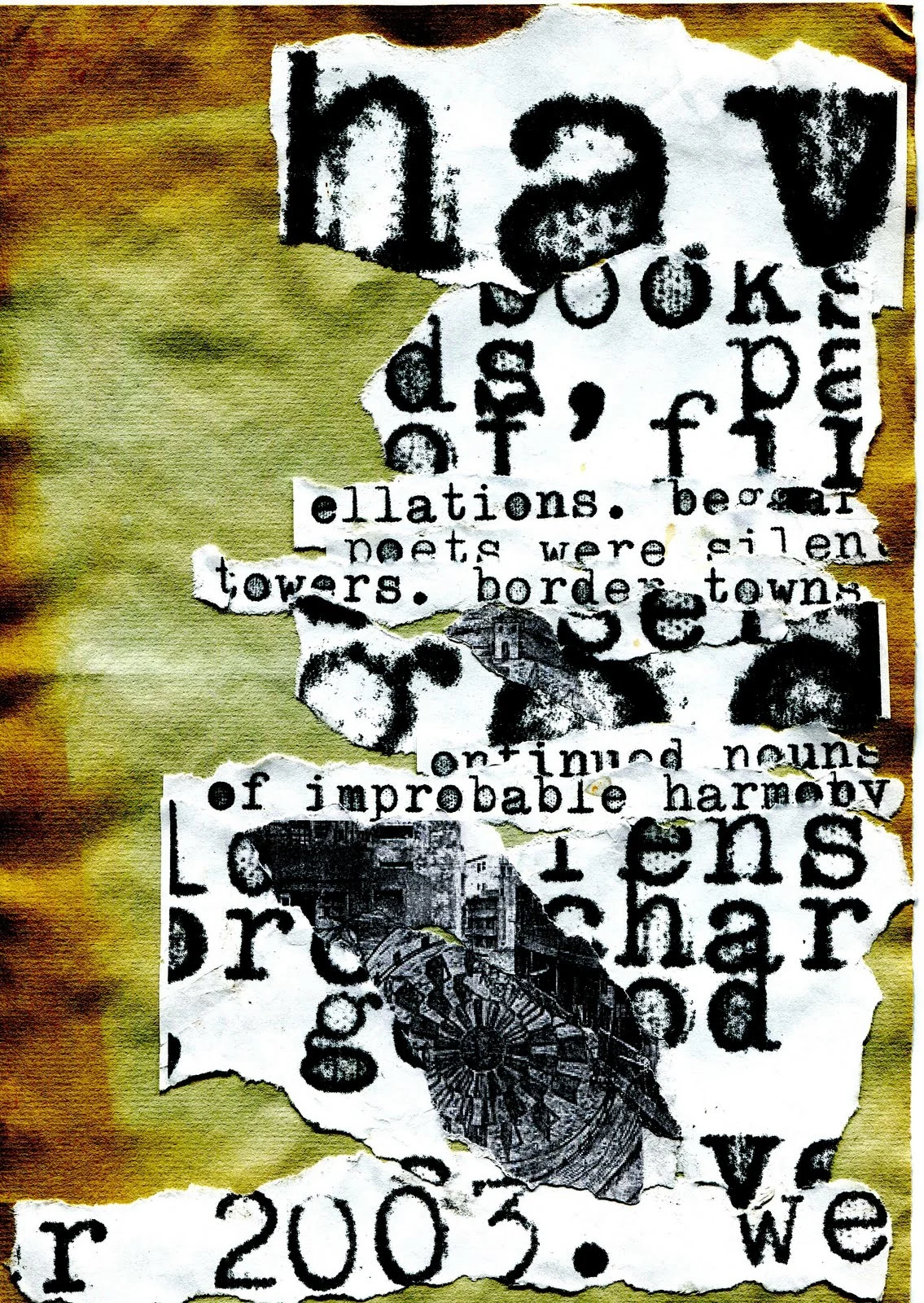
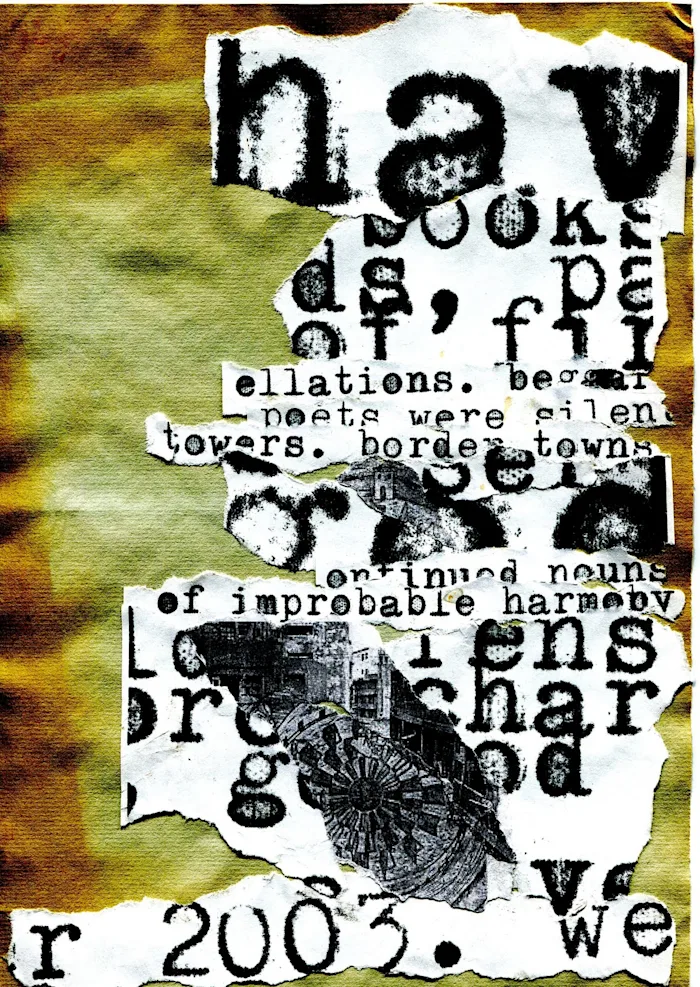
However, I believe that by focusing too much on the theme of the infinity of the universe, we miss what seems to me even more important, cosmologically and politically, in Blanqui’s text: the question of the origin, of the relaunch, the return or the revival of the origin as such; in other words, the question of what contravenes the death of the universe by entropic dissipation. Blanqui’s stroke of genius is to conceive gravitation as a dialectical concept: gravity is certainly what keeps the stars in motion, in their quasi-circular or elliptical trajectories; but this “so-called harmony” would end in “stagnation and decomposition” — in other words, it would self-destruct — if gravitation was not also the occasion for new compositions, unifying attractions, “resurrective shocks” giving birth to new celestial bodies: Gravity, instead of simply maintaining order, gives rise to a salutary “disorder”: “it is thanks to a permanent failure of its order that gravity rebuilds and repopulates the globes.”
In Blanqui’s cosmology, there are certain beings that more than any other are signs of possible “disorders,” of radical renewal, beings that Sean Bonney, in his commentary on Blanqui’s text, defines by their “anti-gravitational anarchism”: comets. 6 Of comets, Blanqui tells us, first, that they are simply not made of the same matter as the rest of the universe, they are “alien to all other stars”; second, that they are entities whose topological situation is crucial, and never fully fixed, whether they be fallen into the “trappings” of gravitation, or narrowly escape from it. Because even when they find themselves trapped, they continue to manifest a kind of extraterritoriality: the earth’s atmosphere is “doubled out with a comet-like envelope,” Blanqui writes about what I’d like to call the fundamentally atopic situation of comets, at the same time both outside and inside. Blanqui compares them to “supplicatory prisoners...asking in vain for either freedom or hospitality,” that is, either for a “recovery of their unknown solitude,” or to become terrestrial for good. This atopic situation — being neither-nor (and also and-and) — is summarized by Blanqui in the opposition between, on the one hand, the “crushing masses” of stellar bodies and, on the other hand, with regard to comets, what he calls “the excess of nothingness,” adding: “in the description of the world, there is no room for them. They are nothing, do nothing, and their only role is that of an enigma.”
Undercommons, Overcommons, Undercomets
Comets haunt the universe just as the ghost of communism, for Marx and Engels, haunted Europe. They are atopic in the sense that, inside, they are still outside and, outside, they represent the inside — the rejected, ostracized, and racialized inside. In comet, the word ‘commune’ resonates, its detonation. A commune is perhaps only a co-meeting of comets, where and when comets co-meet. It is on this co-meeting that I would like to end my essay, the idea of a planetary co-meeting of revolutionary comets.
As Blanqui describes them, comets in search of a commune are at the same time overcommons, a common-beyond-the-common-on-Earth, which is nevertheless inscribed within the Earth’s atmosphere, inscribed in it and — as we saw — enveloping it: like undercomets, in other words like a cosmological form of undercommons. In the preface he wrote for A Poetics of the Undercommons, Stefano Harney defines the undercommons as that which, although impossible, although “not meant to survive” (to quote Audre Lorde), nevertheless exists: exists as no-bodies, no-things, and no-places, that is to say as what I have elsewhere called atopia. 7 As Fred Moten explains, no-things and no-bodies are not persons (the disastrous condition of the possibility of its opposite: things as commodities, as slaves, as the subjugation of nature) but the non-being or the “no-thingness” that precedes any subjectification, any interpellation en sujet and any White fabrication, and also any objectification. No-thingness is always-already destituted Being, the “nothingness” to which Blanqui assimilates the comets.
I believe that the forms of gathering, rallying of protest, those that take place below, within, and beyond, the geo-capitalist world, could happen thanks to the presence within them of atopic elements, that is, elements capable of switching their position and making possible communications that would not lead to an erasing of their differences. I do not believe, therefore, that worlds — under-worlds, over-worlds, worlds-in-between — can be combined as if it were possible to simply add them up in coalitions; rather, I believe that communication between the worlds of contestation will be achieved by subtraction, by the presence of nothingness rather than of fullness, by the capacity to not be only oneself, only on one’s territory and in one’s own community. To the cosmic maroons, to the solar communists, to the activists engaged in strata struggles, to the poetic intellectualities as to the proses of enraged life, to the coordinators of the sylvan alliances as to the marauders of the more-than-human, I say: permute! Permute, cosmological wanderers, and give rise, out of place, to the outernationale of planetary subjects!
February 2020
This article was originally written for the Undercommons & Destituent Power conference, which was postponed due to the COVID-19 pandemic. The author wishes to thank the conference committee for their helpful suggestions.
Featured image: Trevor Paglen, “CLOUD #135”
Art: Sean Bonney
Notes
1. Mario Tronti, “Espérances désespérées,” in Lundimatin #225, January 17, 2020. ↰
2. Claude Lévi-Strauss, The Jealous Potter, University of Chicago Press, 117.↰
3. Karl Marx, The Political Writings, Verso, 2019, 634.↰
4. Louis-Auguste Blanqui, Eternity by the Stars: an Astronomical Hypothesis (trans. Frank Chouraqui), New York – Berlin, Contra Mundum Press, 2013.↰
5. Jacques Rancière, “The Radical Gap: A preface to Auguste Blanqui, Eternity by the Stars” in Radical Philosophy, n°185 (May/June 2014), 24.↰
6. Sean Bonney, “Comets & Barricades: Insurrectionary Imagination in Exile” in Mute, January 9, 2014.↰
7. See Fred Moten, A Poetics of the Undercommons, Sputnik & Fizzle, 2016, with Stefano Harney’s preface: “Undercommons and Utopia.”↰